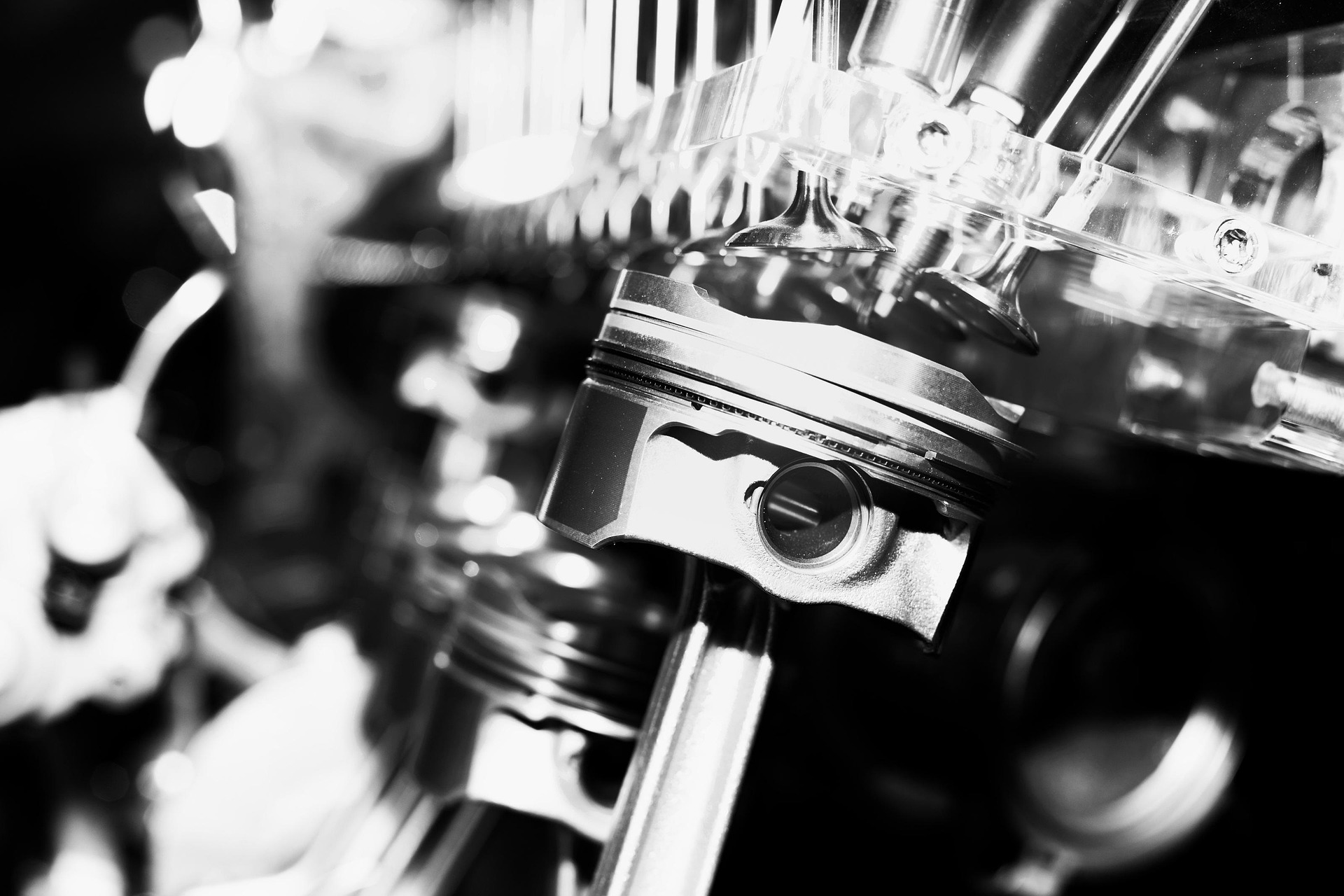A Deep Dive into the Intricacies of Variable Compression Ratio Technology
Introduction: Unveiling the curtains of the automotive world's most intriguing advancement, Variable Compression Ratio (VCR) technology is an innovative marvel redefining engine efficiency. But what exactly is it, and how does it transform the driving experience? Let's delve into the dynamic world of VCR technology, its historical foundation, latest developments, and the ripple effects it's making in the automotive industry.

A Historical Journey through VCR Technology
Variable Compression Ratio technology is not a novelty. Its roots date back to the early 20th century when car manufacturers were exploring ways to improve engine efficiency. Initially, the technology didn’t gain traction due to its complexity and cost. However, with the advent of advanced materials and computer-aided design in the late 20th century, VCR technology has found its place in the automotive industry, providing a solution to the age-old trade-off between power and efficiency.
The Unseen Mechanism of VCR Technology
At its core, VCR technology is ingeniously simple. It allows an engine to adjust the compression ratio - the volume of the combustion chamber at its largest and smallest - on the fly. This adjustment enables the engine to operate at the most efficient compression ratio for any given driving condition, optimizing power and fuel efficiency. The result? An engine that delivers dynamic performance and superior fuel economy.
The Current Landscape of VCR Technology
Today, VCR technology is shaping the future of internal combustion engines. Leading manufacturers are integrating VCR into their latest models, with premium brands highlighting VCR technology as a key selling point. The technology is proving to be a game-changer, offering an unprecedented blend of performance, efficiency, and reduced emissions.
The Impact of VCR Technology: A Double-Edged Sword?
While VCR technology promises a host of benefits, it’s not without its challenges. The technology’s complexity can lead to high manufacturing costs and potential reliability issues. Furthermore, the advent of electric vehicles is posing a threat to all advancements in internal combustion engines, including VCR. Despite these hurdles, the technology continues to evolve, offering a glimmer of hope for the internal combustion engine in an increasingly electrified world.
Shaping the Future: VCR Technology
Looking ahead, VCR technology is set to play a pivotal role in the automotive industry. As manufacturers strive for cleaner, more efficient engines, VCR technology could be the key to unlocking this potential. By offering the best of both worlds - power and efficiency - VCR technology is poised to redefine our driving experience and shape the future of the automotive world.
In conclusion, Variable Compression Ratio technology is a powerful testament to the relentless pursuit of efficiency and performance in the automotive industry. Though it faces challenges, its potential to revolutionize the internal combustion engine makes it a technology worth watching. As we journey into the future of automobiles, VCR technology remains a fascinating piece of the puzzle, promising a new era of enhanced driving experience.





